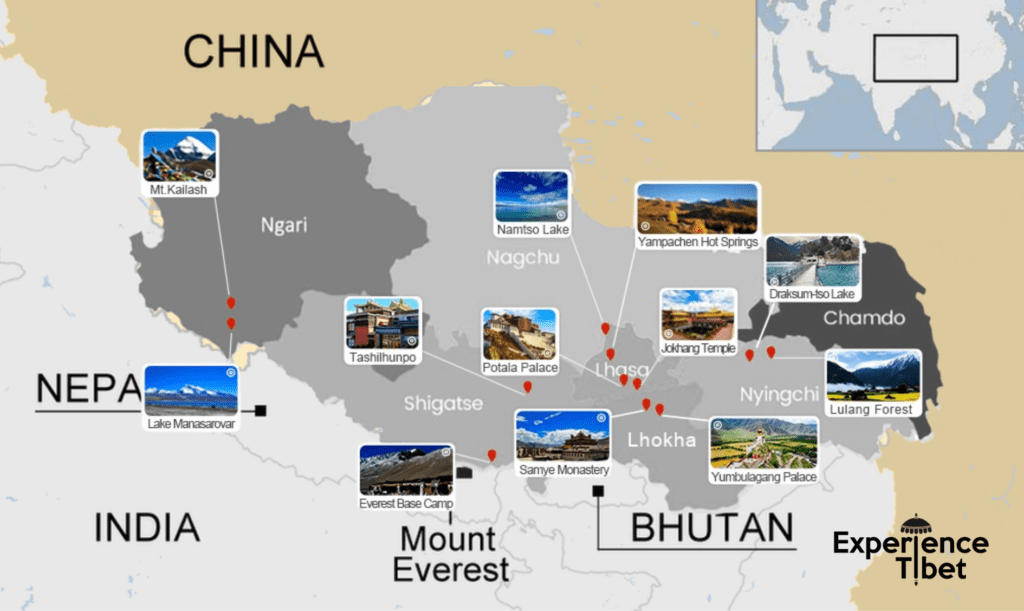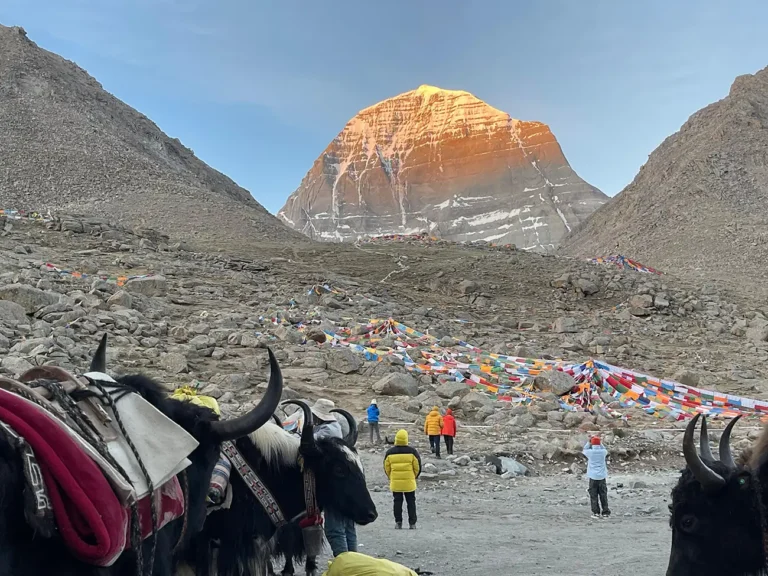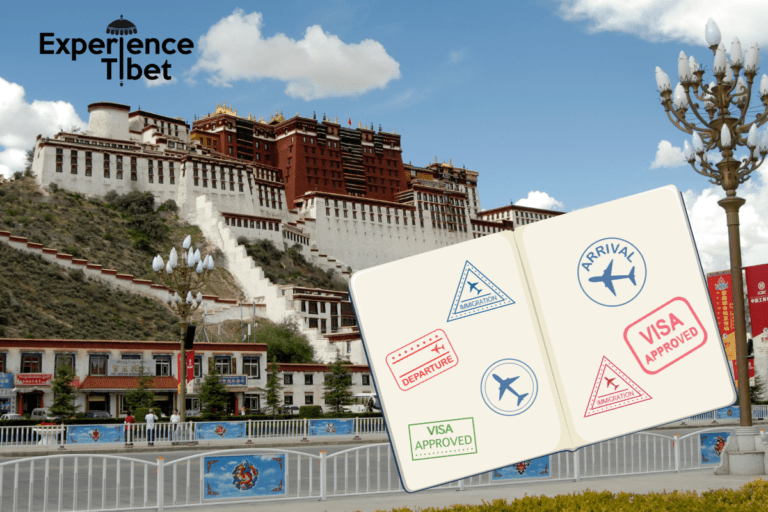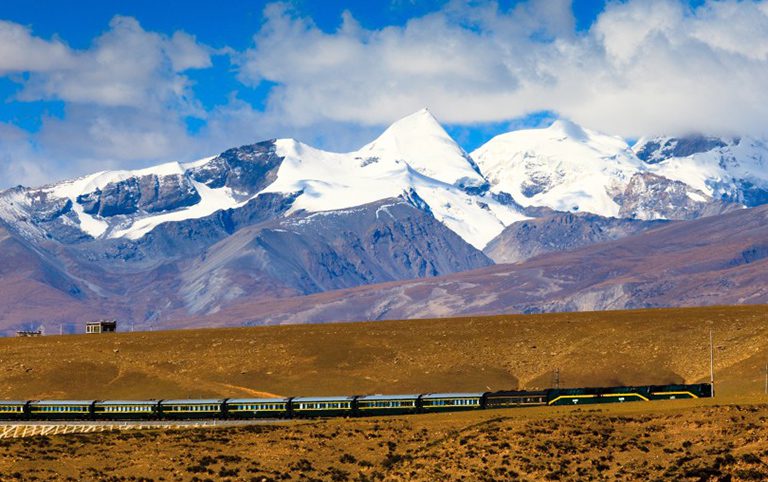If you want to visit Tibet, you probably wonder: Why is travel to Tibet restricted? Unlike most other destinations in China, the authorities closely control travel in the Tibet Autonomous Region (TAR). In this guide, you’ll discover the main reasons for these rules, how to secure the right permits, and what you can expect as a visitor in 2025.
Why Is Tibet Restricted?
The Tibet restricted policy comes from a combination of safety, cultural, and political considerations. If you wonder why is Tibet restricted, authorities state that the high altitude, unique culture, and historical tensions require extra protection. These factors explain why Tibet restricted travel requirements are in place, such as needing a travel permit and joining a guided tour.
Understanding the Reasons Behind the Rules
Travel to Tibet comes with several requirements. First of all, the Chinese government enforces these rules for specific reasons:
- Protecting Tourist Safety: Tibet’s high-altitude environment can seriously threaten your health, especially because of Acute Mountain Sickness (AMS). Therefore, the government has put safety policies in place, ensuring visitors can handle the unique conditions.
- Preserving Culture and Security: Many Tibetan areas hold deep cultural and religious significance. Authorities monitor these spots closely to maintain peace and protect traditions. In addition, political issues sometimes increase restrictions in certain locations.
- Environmental Protection: By limiting the number of travelers, officials aim to reduce environmental stress and protect Tibet’s unspoiled beauty for generations.
Furthermore, ongoing political tensions in Tibet—such as historic separatist movements—motivate the government to keep strict controls and surveillance, especially in sensitive regions.
Travel Tibet Restrictions Are Part of the Tibetan Experience
Many travelers expect restrictions to feel burdensome or overly strict. However, once you arrive, you’ll realize these guidelines aren’t acts of authoritarianism. Instead, the permit system and guided tours help protect visitors, respect privacy, and preserve Tibet’s unique culture. For example, you’ll often find that permits are simply part of travel, like visas in other sensitive locations.
Incredible Experiences Still Await
Despite these rules, Tibet offers unforgettable adventures for every traveler:
Explore Historic Lhasa
For example, spend time in Jokhang Temple and the Potala Palace. Experience Tibetan architecture, listen to monks chanting, and witness daily rituals.
Mount Kailash Pilgrimage
Walk the Kora around holy Mount Kailash. As you trek, you join pilgrims from all over Asia on their spiritual journey.
Everest Base Camp Adventure
Travel to the world’s highest base camp. Take in breathtaking views of Mount Everest and share the excitement with fellow explorers.
Connect with Local Tibetans
Enjoy momo-making workshops, taste authentic Tibetan cuisine, and talk with locals in their communities. Moreover, cultural exchanges offer memories you’ll cherish forever.
Discover Pristine Lakes and Landscapes
Yamdrok Lake and Namtso present some of the bluest waters you’ll ever see. Meanwhile, Tibet’s wild landscapes give you a rare sense of peace and wonder.
What Do These Tibet Restrictions Mean for You?
Key Requirements for Entry
- Tibet Travel Permit: Every foreign visitor must get a permit before arrival. To do this, you’ll need a registered travel agency to handle the application.
- Guided Tours: You cannot travel independently. Instead, you must join a planned group or private tour with a certified guide.
Learn more about these steps on our Tibet Travel Permit Guide page.
Are Certain Parts of Tibet More Restricted?
Yes. Some areas—especially border zones and religious sites—require extra permits or may be closed altogether. As a result, your itinerary may adjust based on the latest political situation. Therefore, always check updates before you travel.
Embrace Responsible, Safe Tourism in Tibet
Whenever you travel with a local guide, you comply with the law, support sustainable tourism, and help protect Tibetan culture.
To learn more, visit our Responsible Tourism in Tibet resource.
Visiting Tibet in 2025: How to Make the Most of Your Trip
To plan a smooth journey:
- Book with a certified tour operator, like Experience Tibet
- Design your itinerary—consider Lhasa, Everest, Mount Kailash, sacred lakes, and more
- Arrange permits and documents early, and expect a rewarding adventure
If you need advice at any step, just contact our experts for personal support.
Conclusion
Travel restrictions in Tibet mainly exist for safety, political, and cultural reasons. In reality, these rules safeguard visitors and the environment while also preserving Tibet’s spirit. By joining a guided, responsible tour, you’ll experience the region more deeply and leave with lasting memories.
For more tips and travel updates, visit our Experience Tibet Blog.








